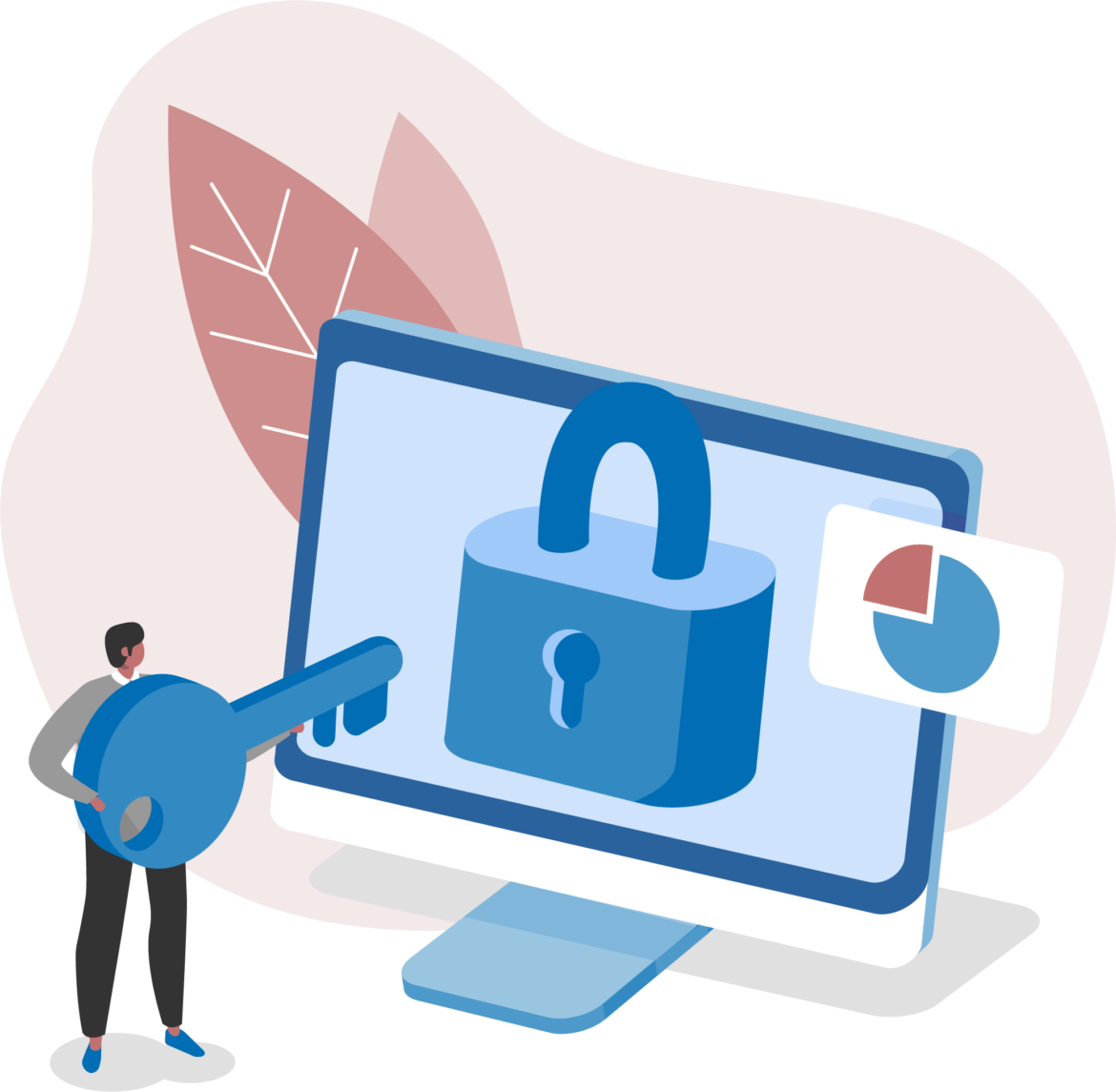An OSC is a wholly owned subsidiary of a large conglomerate (parent organization). The OSC and the parent organization use ID badges (PKI cards) that contain a PKI certificate and a radio frequency identification (RFID) tag used for building and system access (including systems that process, transmit, or store CUI). The parent organization does not make any decisions on how the OSC runs its security program or other matters of significance. The large conglomerate operates a machine that is used to activate the badges for both itself and the OSC. This machine is isolated in a locked room and has no network connectivity to the OSC.
The badge activation system is:
A cloud-native OSC uses a vendor’s FedRAMP MODERATE authorized cloud environment for all aspects of their CUI needs (identity, email, file storage, office suite, etc.) as well as the vendor’s locally installable applications. The OSC properly configured the vendor’s cloud-based SIEM system to monitor all aspects of the cloud environment. The OSC’s SSP documents SI.L2-3.14.7: Identify Unauthorized Use, defining authorized use and referencing procedures for identifying unauthorized use.
How should the Certified Assessor score this practice?
In order to perform an interview, the Lead Assessor MUST ensure interview questions are:
While reviewing CA.L2-3.12.3: Security Control Monitoring, the CCA notices that the assessment period is defined as one year. An OSC's SSP states that under CA.L2-3.12.3, security controls are monitored using the same one-year periodicity to ensure the continued effectiveness of the controls. The assessor understands that some CMMC practices can reference other practices for the entirety of their implementation. Is the OSC’s implementation under CA.L2-3.12.3: Security Control Monitoring acceptable?
An OSC has contracted a C3PAO to perform a Level 2 Assessment. As the Lead Assessor is analyzing the assessment requirements, it is found that the OSC does not have a document detailing the assessment scope. How can this problem BEST be fixed?
What should the Lead Assessor do to BEST ensure the evidence supplied effectively meets the intent of the standard for a practice?
A CCA is prohibited from doing which of the following?
When preparing for an assessment, the assessor determines that the client’s proprietary data resides within an enclave. However, the assessor is unable to review policies containing proprietary data onsite and plans to have the policies copied on removable media by the client’s IT staff, whom they are scheduled to interview. What should the assessor consider as part of their planning?
A Lead Assessor is preparing to conduct a Level 2 Assessment for an OSC. The assessor already determined the assessment scope and systems included. In addition, the assessor requests:
Results of the most recent OSC self-assessment or any pre-assessments by an RPO,
The System Security Plan (SSP), and
A list of all OSC staff who play a role in in-scope procedures.
Based on this information, which item would the assessor MOST LIKELY request when preparing to conduct a Level 2 Assessment?
While examining controls on the use of portable storage devices, an assessor conducts an interview with a mid-level internal system administrator. The administrator describes the process to check out portable storage devices, which includes a user emailing IT staff directly, verifying that the media classification label matches the data classification, and limiting use of the device to a specified external system.
What is a MISSING element for the assessment of AC.L2-3.1.21: Portable Storage Use?
|
PDF + Testing Engine
|
|---|
|
$49.5 |
|
Testing Engine
|
|---|
|
$37.5 |
|
PDF (Q&A)
|
|---|
|
$31.5 |
Cyber AB Free Exams |
|---|

|